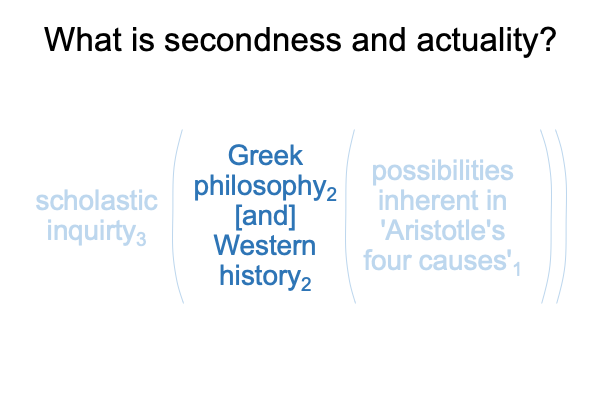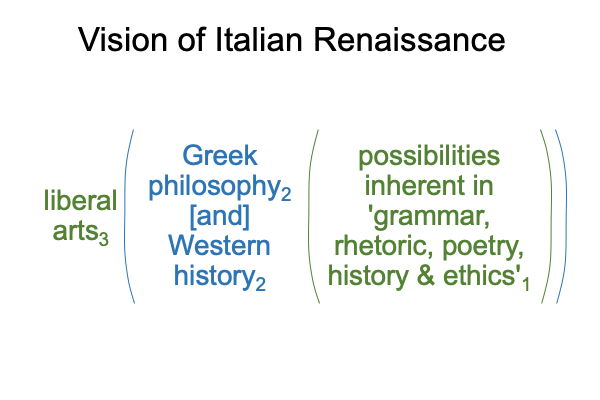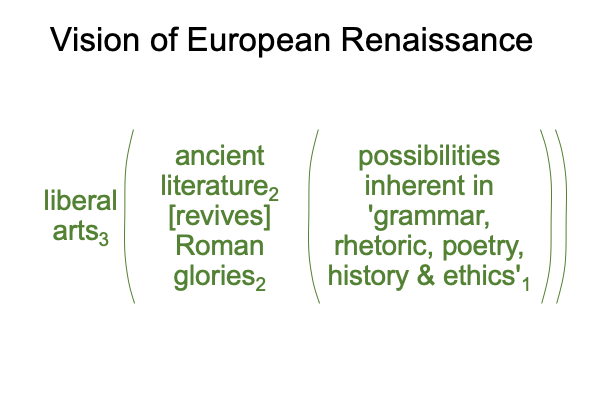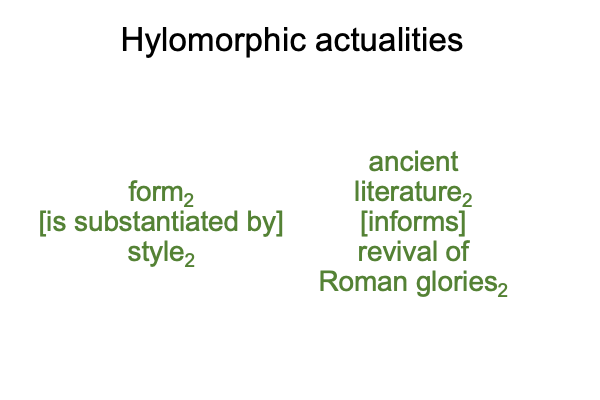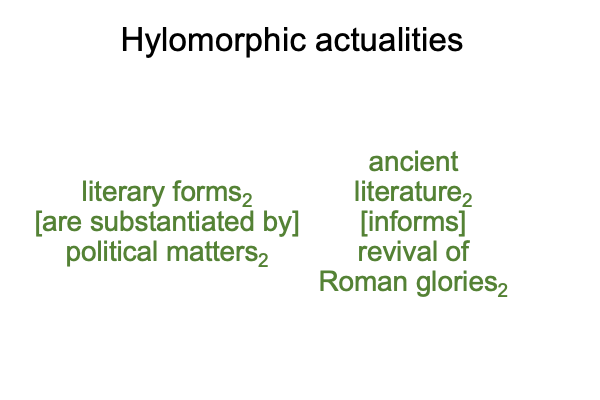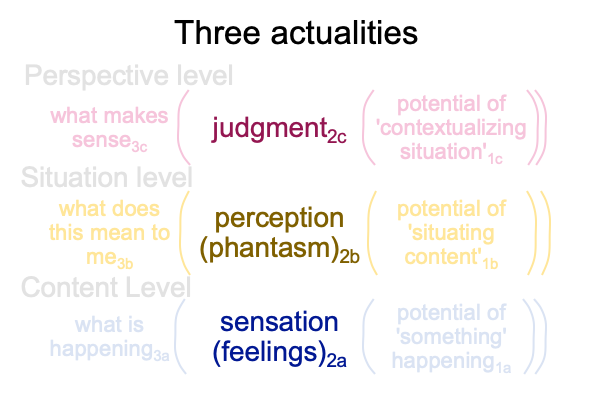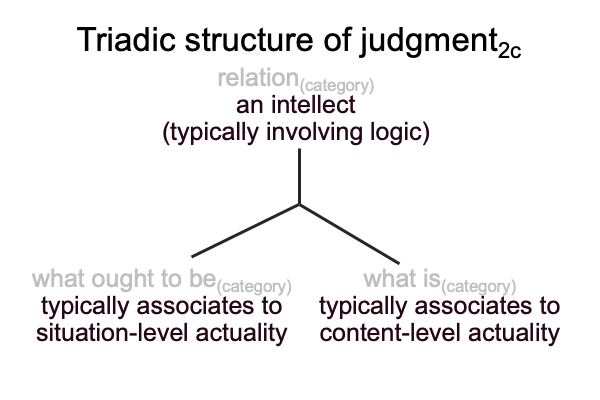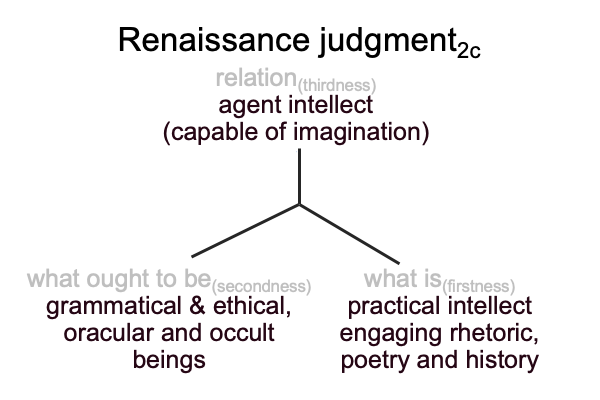Looking at Razie Mah’s Series (2015) A Course on How To Define the Word “Religion” (Part 24 of 24)
0161 In conclusion, many home and private schoolers face a difficulty.
They want to teach their children and students about God and nature.
At the same time, they want their children and students to pass standardized tests constructed by government agencies that promulgate a religion, even though they declare themselves to be “not religious”.
This course is one way to approach the difficulty.
This course offers a path, a text, along which you, the adult, and your children and your students may walk together.
0162 No other work in the field of education in 2022 compares.
Except of course, other courses by Razie Mah, such as A Course on The Archaeology of the Fall and A Course on the Human Niche.
Welcome to the fourth age of understanding.
0163 A Course on How To Define The Word “Religion” may be found at smashwords and other e-book vendors, using the search terms: Razie Mah, series, course, how to define the word “religion”.
The course consists of ten primers, followed by the masterwork, How To Define The Word “Religion”.
Each primer and masterwork is punctuated, not by page numbers, but by points. A one-hour class may cover between twenty and forty points. That is a little slower than one per minute. If you conduct a class, record the number of points covered per session and report to raziemah@reagan.com.
0164 These blogs provide a taste of the style and the content. They complement, rather than substitute, for the primers and the masterwork.
I hope that you enjoy these blogs and pass them onto others who may serve as guides in a world where education is the job of parents and those similarly motivated, rather than those who are certified by the state.
God bless.


